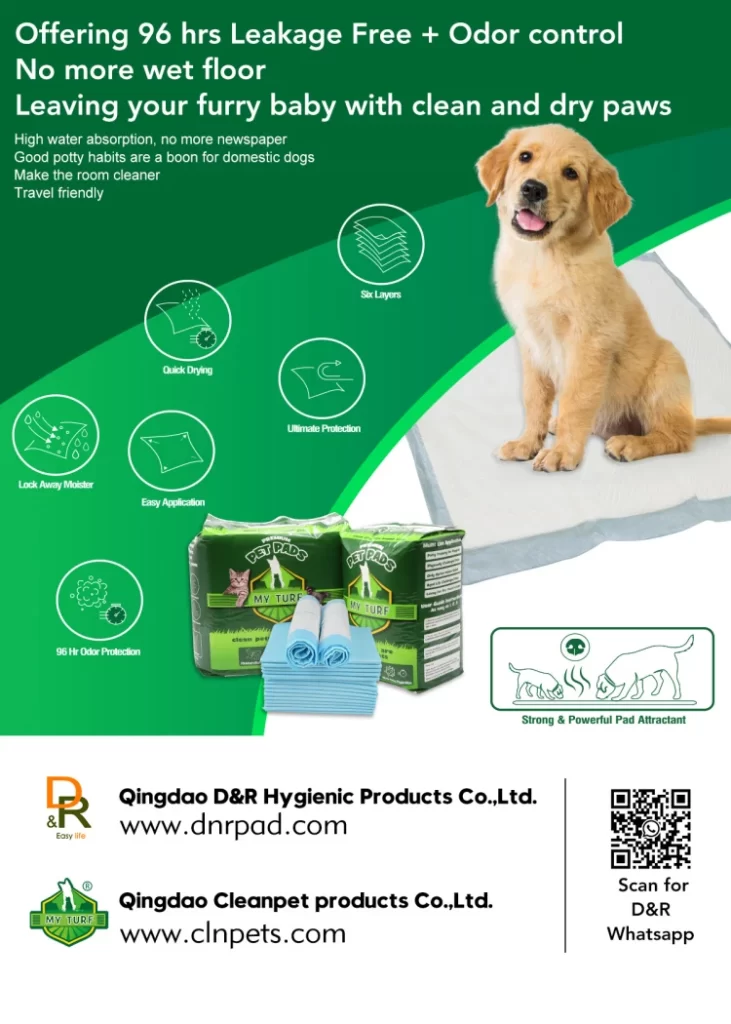When bringing a new puppy into your home, one of the most important aspects of training is teaching them where and when to relieve themselves. Pet training pads, often sized at 22″x22″, are a convenient solution to help manage this process. This article will explore the benefits of using training pads, how they work, and tips for effective training.
What Are Pet Training Pads?
Pet training pads, also known as puppy pads or pee pads, are absorbent mats designed to provide a designated area for dogs to relieve themselves indoors. They are typically made from several layers of material, including an absorbent core and a waterproof backing to protect floors from leaks.
Benefits of Using Pet Training Pads
- Convenience: Training pads are particularly useful for puppy owners, especially during the early months when outdoor access may be limited due to weather conditions or vaccination schedules. They provide a reliable indoor option for your puppy to go potty.
- Hygiene: These pads are designed to absorb moisture and control odors, helping to maintain a clean living environment. Many pads also feature antimicrobial properties to prevent the growth of bacteria.
- Training Aid: Using pads can help in the house-training process. By consistently placing the pads in a specific area, you can teach your puppy where it is acceptable to relieve themselves. Over time, this can be transitioned to outdoor potty training.
- Travel-Friendly: Pet training pads are portable and can be used while traveling, making them ideal for car rides, vacations, or visits to friends’ homes. They provide a familiar spot for your dog to relieve themselves, reducing stress during travel.

How to Use Pet Training Pads Effectively
- Placement: Choose a quiet, easily accessible area in your home to place the training pad. Make sure it’s away from the puppy’s food and sleeping areas to create a clear distinction.
- Encouragement: Whenever your puppy shows signs of needing to go, gently guide them to the pad. Use a command or phrase consistently so that they learn to associate it with going potty.
- Praise and Reward: When your puppy successfully uses the pad, immediately praise them and offer a small treat. Positive reinforcement is crucial for reinforcing good behavior.
- Regular Change: Change the pad regularly to maintain cleanliness and prevent odors. A soiled pad may confuse your puppy, making them think it’s okay to go in that area.
- Transitioning Outdoors: Once your puppy is consistently using the pad, you can begin transitioning them to outdoor potty breaks. Gradually move the pad closer to the door, and eventually outside, to help them make the connection.
Conclusion
Pet training pads are a valuable tool for puppy owners, providing a convenient and effective way to manage indoor potty training. By understanding how to use them properly, you can help your puppy learn the appropriate place to relieve themselves while keeping your home clean and odor-free. With patience and consistency, training pads can be an integral part of your puppy’s development and house-training journey.
